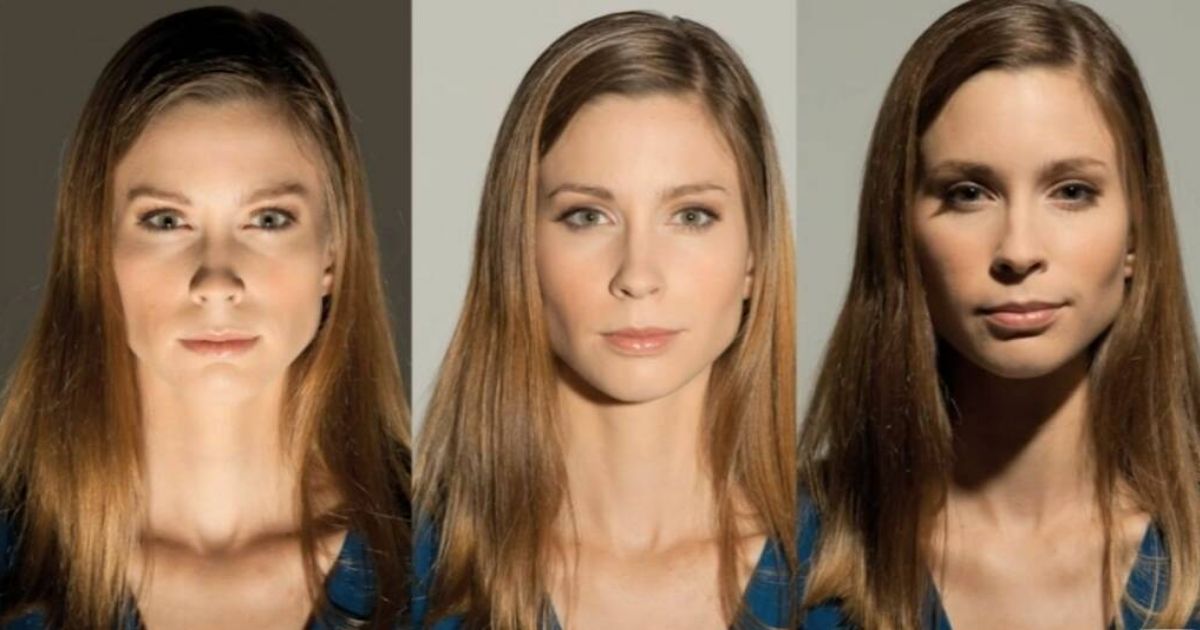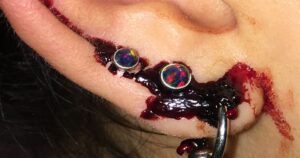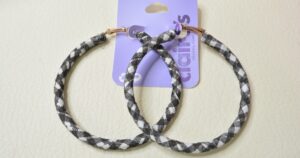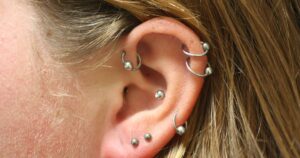In the quest for flawless makeup application, lighting plays a crucial role. However, not all lighting is created equal. Picture this: you stand before a mirror, meticulously applying your makeup, only to step outside and discover a completely different look. In this article, we will delve into the world of lighting and explore which types are least favorable for makeup application. Armed with this knowledge, you can ensure your makeup looks its best no matter the lighting conditions.
Key Takeaways
- Harsh overhead lighting and fluorescent lights create strong shadows and exaggerate imperfections, making it difficult to blend and contour accurately.
- Dim or low lighting results in inaccurate color representation and uneven application, leading to a less polished appearance.
- Insufficient lighting strains the eyes, making it challenging to see details and colors clearly, potentially causing fatigue and headaches.
- Blue light emitted from screens distorts color perception and can accelerate aging and inflammation, affecting both skin health and accurate makeup application.
Harsh Overhead Lighting
Unquestionably, harsh overhead lighting can significantly impede the accuracy and precision of makeup application. The strong, direct light can create harsh shadows, making it difficult to properly blend and contour. It can also exaggerate imperfections and uneven skin tone, leading to an inaccurate representation of the finished look. Additionally, the intense brightness can cause eye strain and fatigue, affecting the overall makeup application process. It is advisable to avoid harsh overhead lighting and opt for softer, more diffused light sources for a more accurate and flattering makeup application.
Fluorescent Lights
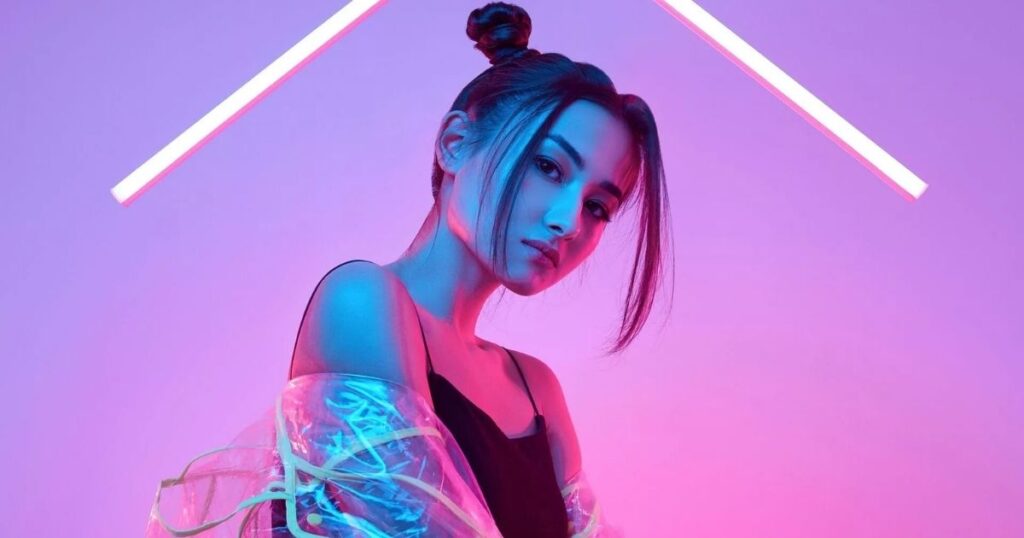
However, fluorescent lights are also particularly unfavorable for makeup application. Here’s why:
- Fluorescent lights can cast a harsh and unnatural blue or green tint on the skin, making it difficult to accurately see the true colors of makeup products.
- These lights often create unflattering shadows, which can make it challenging to apply makeup evenly and blend it seamlessly.
- The flickering effect of fluorescent lights can cause eye strain and fatigue, making it difficult to focus on intricate makeup techniques.
Next, we will explore the challenges of applying makeup in dim or low lighting conditions.
Dim or Low Lighting
Dim or low lighting can be highly unfavorable for makeup application due to several reasons. Firstly, the lack of adequate lighting can result in inaccurate color representation, making it difficult to choose the right shades for different features. Additionally, the visibility of uneven application becomes compromised, leading to a less polished and professional appearance. Lastly, prolonged exposure to dim lighting can strain the eyes, potentially causing discomfort and affecting the overall makeup application process.
Makeup Color Accuracy
While dim or low lighting may pose challenges for makeup color accuracy, there are strategies that can be employed to mitigate these issues. To ensure accurate makeup application in such lighting conditions, consider the following:
- Use a lighted makeup mirror with adjustable brightness settings.
- Opt for makeup products with high color payoff and good pigmentation.
- Utilize color-correcting primers or concealers to counteract any color discrepancies caused by the lighting.
Uneven Application Visibility
To ensure a flawless makeup application in dim or low lighting, it is essential to address the issue of uneven application visibility. Dim lighting can make it challenging to see the areas where makeup needs to be applied evenly, resulting in an uneven and patchy appearance. It is important to have adequate lighting that illuminates the face evenly, allowing for accurate application and ensuring a seamless and professional look. However, inadequate lighting can also lead to potential eye strain, which we will discuss in the next section.
Potential Eye Strain
Insufficient lighting in dim or low conditions can lead to significant eye strain and discomfort during makeup application. When the lighting is not adequate, it becomes challenging to see the details and colors clearly, resulting in uneven and inaccurate makeup application. The lack of proper lighting can also cause squinting and straining of the eyes, leading to fatigue and potential headaches. To avoid these issues, it is important to ensure proper lighting conditions when applying makeup.
Blue Light From Screens
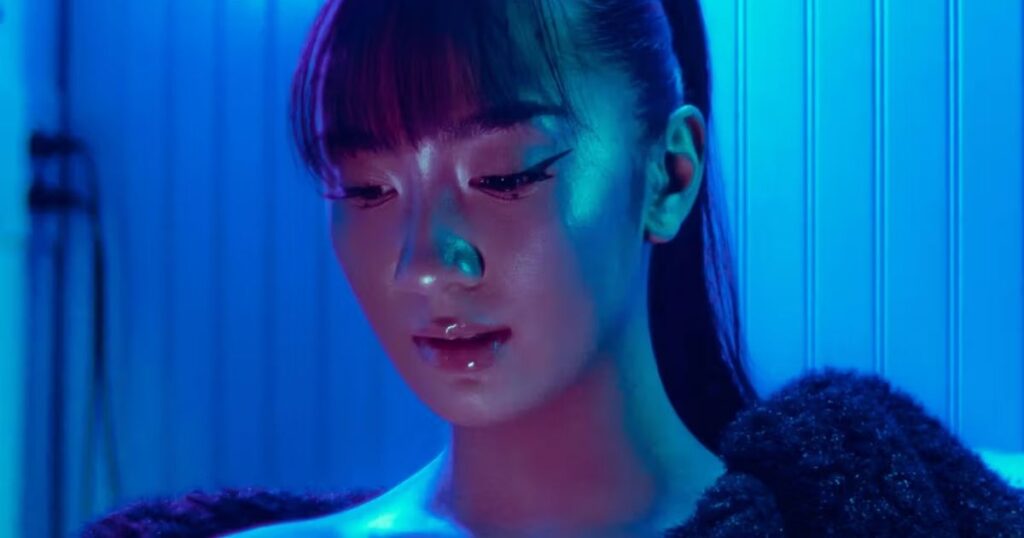
Blue light emitted from screens, such as smartphones and laptops, has been found to have harmful effects on the skin. It can lead to accelerated aging, increased pigmentation, and inflammation. Additionally, blue light can distort color perception, making it difficult to accurately apply makeup. Understanding the potential negative impact of blue light on skin health and makeup application is important for individuals who spend significant time in front of screens.
Harmful Effects on Skin
With the increasing prevalence of digital devices in our daily lives, the harmful effects on the skin caused by exposure to blue light from screens have become a growing concern. Blue light, emitted by smartphones, tablets, and computers, can penetrate the skin deeper than UV rays, leading to premature aging, wrinkles, and hyperpigmentation. It can also disrupt the skin’s natural barrier function, leading to dryness and inflammation. Protecting the skin from blue light has become essential in maintaining its health and appearance.
Distorts Color Perception
The prevalence of blue light emitted by screens can significantly alter color perception, posing challenges for makeup application. Blue light has a shorter wavelength and higher energy compared to other colors in the visible spectrum. This can cause colors to appear differently when viewed under blue light, leading to a distorted perception of shades and tones. Makeup products may look different when applied under blue light, resulting in mismatched colors or uneven blending. To counteract this, it is important to consider alternative lighting conditions such as candlelight or warm ambient lighting.
Candlelight or Warm Ambient Lighting
Due to its low intensity and warm tone, candlelight or warm ambient lighting poses significant challenges for makeup application. In this type of lighting, it can be difficult to accurately see the true colors of makeup products, leading to potential mismatches and uneven application. Additionally, the soft and diffused nature of candlelight can hide imperfections and make it harder to achieve a flawless finish. Lastly, the warm glow can create a romantic atmosphere but may not provide enough brightness for detailed makeup work.
Changing Natural Lighting Conditions

Makeup application faces added complexity with the ever-changing natural light. The dynamic lighting can distort colors and textures, posing challenges to achieving the perfect look. Factors like time of day, weather, and indoor lighting all play a role in makeup’s appearance. To conquer this, incorporating a range of lighting sources and consistently evaluating the last makeup look in diverse conditions is crucial for achieving a flawless finish.
Frequently Asked Questions
How Can I Reduce the Negative Effects of Harsh Overhead Lighting on My Makeup Application?
To reduce the negative effects of harsh overhead lighting on your makeup application, make sure to use a lighted mirror with adjustable brightness, position yourself near a natural light source, and consider investing in color-correcting makeup products.
Are There Any Specific Makeup Products or Techniques That Can Help Counteract the Unflattering Effects of Fluorescent Lights?
There are specific makeup products and techniques that can help counteract the unflattering effects of fluorescent lights. These include using a foundation with light-reflecting properties and applying blush and highlighter to add dimension and glow to the face.
Is It Possible to Achieve a Flawless Makeup Look in Dim or Low Lighting Conditions?
Achieving a flawless makeup look in dim or low lighting conditions can be challenging as it is difficult to accurately assess color and texture. Adequate lighting, preferably natural or full-spectrum, is essential for ensuring a successful application.
How Does Blue Light From Screens Affect the Overall Appearance of Makeup, and Are There Any Ways to Minimize Its Impact?
Blue light from screens can negatively affect the overall appearance of makeup, as it can alter colors and create a washed-out effect. To minimize its impact, using a blue light filter or adjusting the screen’s brightness and color temperature can be helpful.
What Makeup Tips or Tricks Can Enhance the Beauty of Makeup Under Candlelight or Warm Ambient Lighting?
Makeup application under candlelight or warm ambient lighting requires special attention to achieve optimal results. To enhance the beauty of makeup in such settings, consider using softer and warmer tones, ensuring proper blending, and using products with a luminous finish. Additionally, applying makeup in natural light before transitioning to warmer lighting can help ensure a seamless and flattering look.
Conclusion
In conclusion, the type of light that is least favorable for makeup application includes harsh overhead lighting, fluorescent lights, dim or low lighting, blue light from screens, and candlelight or warm ambient lighting. Changing natural lighting conditions can also pose challenges. For example, a case study conducted on a group of individuals showed that applying makeup under fluorescent lights resulted in uneven and unnatural-looking makeup finishes, highlighting the importance of choosing the right lighting for flawless makeup application.
